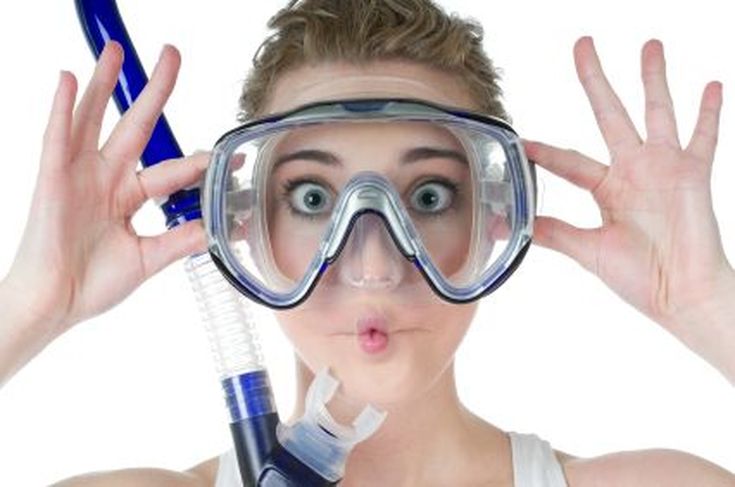The dreaded mask clear.
Certainly one of the most hated scuba diving skills. Also definitely one of the biggest reasons people stop diving.
Let us be frank, water up your nose is exceptionally uncomfortable and instantly surfaces images of drowning for someone new to the skill.
I think scuba diving instructors are almost just as scared of a mask clear as the student. They all wait with baited breath to see will this be an easy course or am I going to get a run for my money. My humble opinion about why a mask clear is seen as such a big monster in the room is because we come from such opposite corners when teaching a mask clear and learning a mask clear.
The instructor’s perspective of a mask clear is that it is an easy skill that does not take a lot of effort; we do it without even knowing that we have done it. So our typical approach to teaching is a briefing and then we settle our students under the water for a slow and thorough demonstration and then they should be able to do it.
This systems works (I would think) about 20% of the time. Then about 60% of the students will achieve a mask clear but it would not have been a comfortable experience and they would prefer to never to it again and the rest of the time it goes south. The student experiences immense panic and a big scare which unfortunately sets them on the back foot.
We need to realise that scuba diving is a physical skill that has to be learnt. This is not the same as studying for an exam using memory. Breaking it down there are a couple of phases.
Cognitive – The instructor teaches the student how to identify and develop the different components of the skill. As mask clear involves 10 steps. The student needs to understand the importance of each of those ten steps and how to implement it.
- Filling the mask slowly and with control.
- Looking down so I can prevent water from entering my nose more easily.
- Lifting the skirt a certain method that suits me
- Making sure that the lift is not to high
- Taking a breath
- Start to exhale
- While lifting my head up
- Remember to not lift mask to high
- Drop mask at the correct time before it fills again and water goes up my nose
- Repeating the skill if it did not clear
Associative Phase – The student now needs to learn how to link these 10 steps so that it runs in a smooth action and the instructor’s role is to give feedback on mistakes and how to rectify it. One of the biggest roles of the instructor is to find the best way to teach the skill – creativity and innovation is required – maybe we need to spend an hour just on learning to lift the mask. Also as instructors we need to insist on perfection.
Autonomous Phase – The skill is practised until it has become automatic which means it involves little or no conscious thought or attention whilst performing the skill. This can only be achieved through repetition and practise like we did as instructors.
“The learning of physical skills requires the relevant movements to be assembled, component by component, using feedback to shape and polish them into a smooth action. Rehearsal of the skill must be done regularly and correctly” Fitts and Posner (1967)
Written By:
Mandy Zietman

